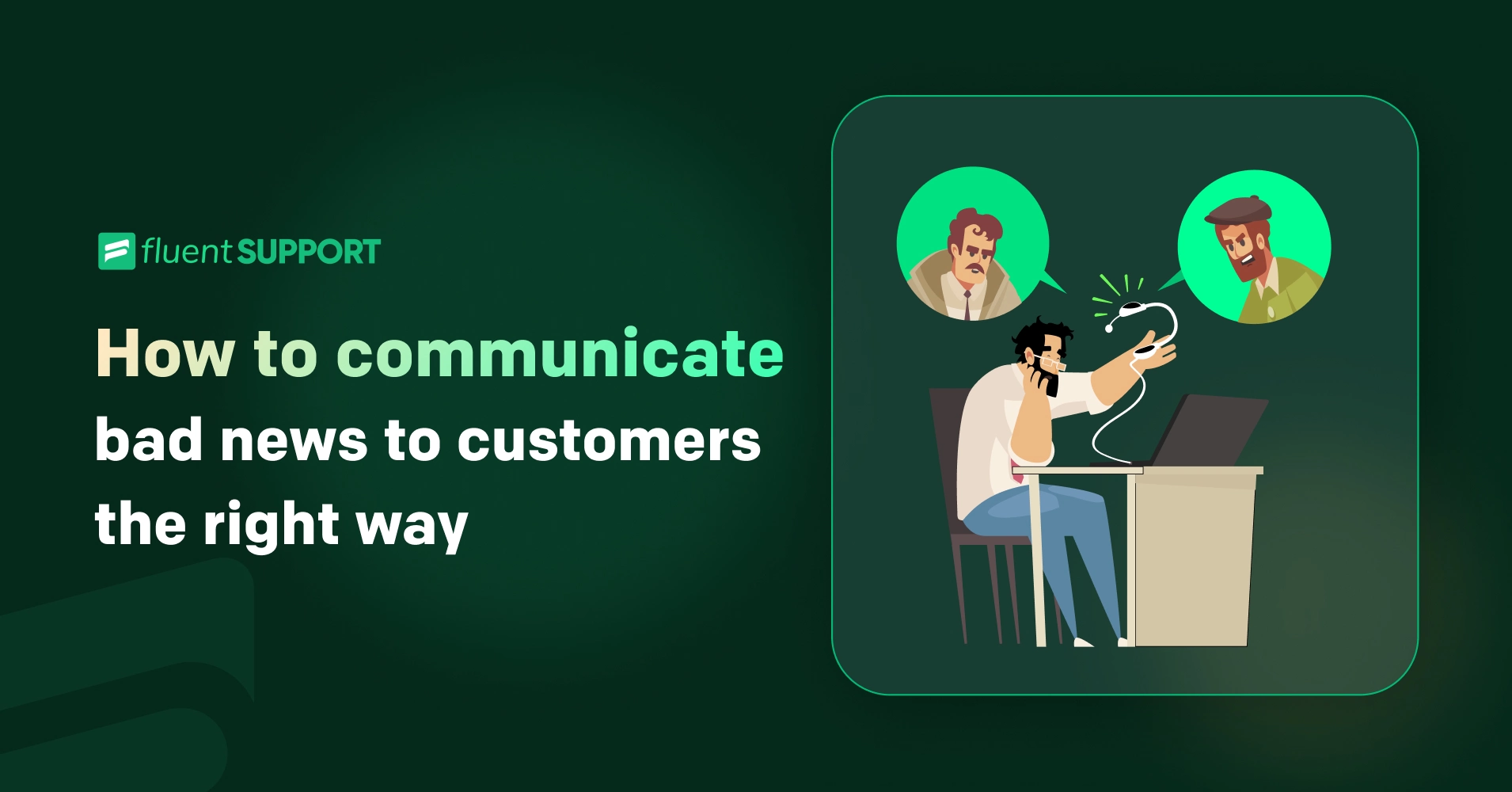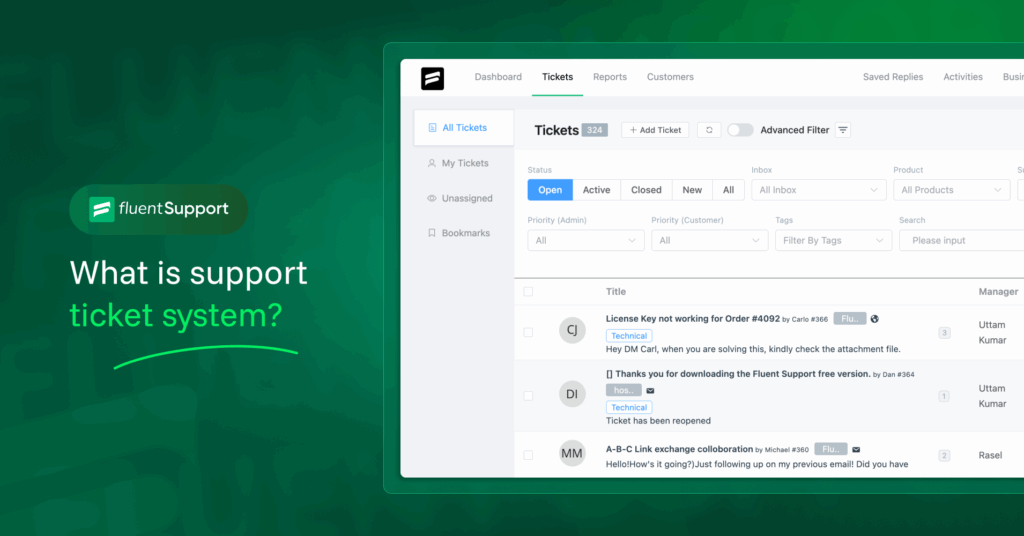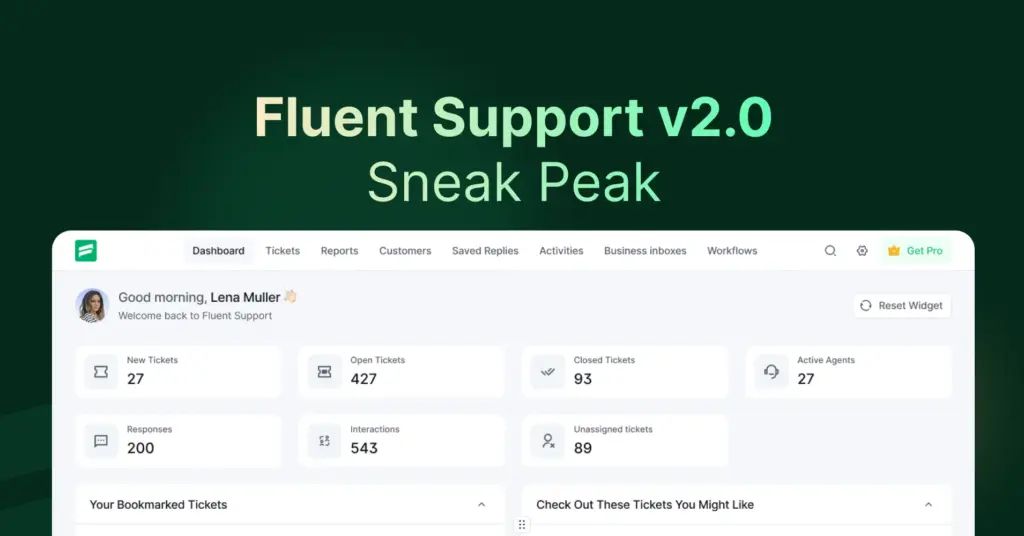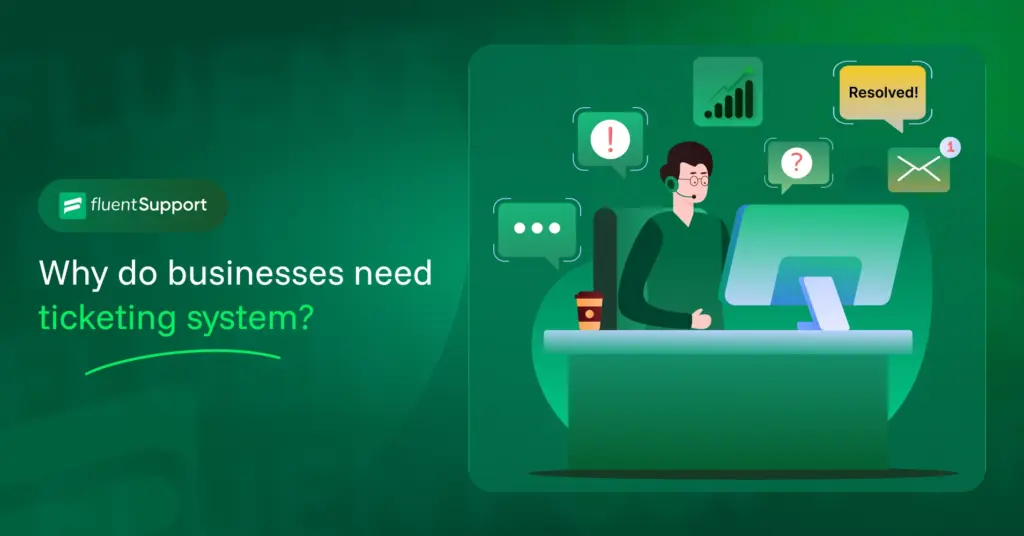
How To Deliver Bad News In A Positive Way To Customers
By Md. Ariful Basher
January 10, 2024
Last Modified: November 13, 2025
Delivering bad news always ends up with a bad customer experience. Or is it? If you can be a bit tricky here, you can turn this into a good CX. We all need to know how to deliver bad news in a positive way.
There are a few strategic approaches to turning the situation into a positive one. We will get into that step-by-step. Let’s start with delivering the bad news to the customer.

How to deliver bad news to customers
This is the tricky part of a support agent’s job. It’s never easy to deliver bad news to anyone. If that person is a paying customer, then it becomes more difficult. Because you don’t know what the customer is going through or how they will react.
So, here are three tips that can help you manage and control the situation like a pro.
Step #1: “The reason…”
Instead of directly saying the bad news, start the sentence with “the reason…”. That means, start with the reason for the bad news that you are delivering. That way, the customer will understand the situation instead of getting angry about it.
Let’s say you have to tell a customer that you are going to terminate an online account. If you say this without any context, the customer may get understandably mad about it.
But if you start like this,
The reason we are going to terminate your account is because our cyber security team detected some potential threats. That can lead to a data leak for you and maybe some of our other customers.
As you can see in this fake scenario, after adding context to the “bad news,” it doesn’t look like bad news anymore.
Step #2: “So that you…”
In the previous stage, we prevented the anger of the customet. Now comes the next step. Now let’s bring context to the benefits. At this step, we will provide some benefits to the customer as they get out of this “bad news.”
So, continue your conversation with the customer by adding, “So that you…”. Here’s how it can go:
… so that your business data does not become public in any way and is safe. In addition, we are going to back up the whole data in a secure way on our server. So that you can restore it later.
See what we did here. We showed the benefit of the action. In addition, we opened an opportunity for our next and last step.
Step #3: “Would you like that?”
Up until now, we dodged the bullet. The customer is now calm and well informed about the situation. In the final step, we will provide a possible solution to compensate for the situation.
So, we will continue our conversation and provide a solid solution or remedy to prevent the harm from the “bad news.”. You have to end the conversation by saying, Would you like that? That way, you are handing over full control of the situation to your customer.
The conversation goes on.
… Now here is what I can do for you:. I can create a new account for you and restore all of your data to that new account. You can use the new account just like the old one. Would you like that?
Now that you have made a decision, customers will be more engaged and collaborative instead of getting angry.
The most effective way of delivering bad news
While delivering the news, there are a few things you have to keep in mind. Otherwise, things can escalate very quickly and very badly.
Be honest. Do not give any wrong information to your customer. Not even try to musk up or hide any kind of information from your customer. Just be honest.
Be quick. Delivering bad news slowly is a bad idea. You are thinking you are easing it down. But in contrast, for the customer, it’s building tension and frustration. Just say it immediately, without rambling around.
Be clear. Do not use confusing words. If you are not clear about what you are delivering, be clear about it first. Be precise about what you are saying. And if there are any technicalities to it, try to break it down for the customer.
Be empathetic. Try to be considerate and understanding. Be apologetic, and acknowledge what your customer is feeling. Not all situations are the same. Sometimes the bad news can be devastating for the customer
Be calm. Finally, no matter what, you have to be calm. From time to time situation can be heat up, and customer can be very upset. But by being calm can handle the heated situation professionally.
How to deal with difficult customer
Here is the thing: no matter what we do, there will be one or two backfires. There are a few customers who might not be as understanding as they can be. It can be for a variety of reasons. You cannot predict customers’ situations; only assume.
So, from time to time, customers can be difficult. Let’s know how we can handle the situation.
Acknowledge the comment
Let’s say the customer didn’t take the news well. Generally, the first reaction would be anger. The customer might shout and start to say what damage they have to face because of the bad news.
We should never retract the situation. Address the situation politely. At some point, the customer might start making the same random suggestion. Instead of being defensive, say, “That’s interesting. Tell us more”.
That way, you are redirecting the anger and making the customer talk it out.
Be positive
No matter how angry your customer is, you have to be calm and positive. You have already diverted the customer to a healthy conversation. Now you value the customer’s advice and opinion in a positive way.
That way, you have a break-break pattern, from anger to casual chat.
Ask question
Now, to carry on the conversation, you can ask the customer questions. That way, you can get a proactive suggestion from the customer. Sometimes, customers have their own expectations. Asking questions is the best way to learn about that.
Check out this video to learn more about how you can handle difficult people.
There are very few cases where nothing works. And customers become abusive. In that case, you have to handle abusive customers with a strict strategy.
Final thoughts
No one likes to be that person who tells the bad news. But keeping your customers well informed is also part of good service. So, if it’s good news or bad news, you have to disclose it.
To keep your customers happy all the way, agents also need to know how to deliver bad news in a positive way. That’s how you can turn a bad situation into a good one, and you may make a loyal customer in the process.
Start off with a powerful ticketing system that delivers smooth collaboration right out of the box.












Leave a Reply